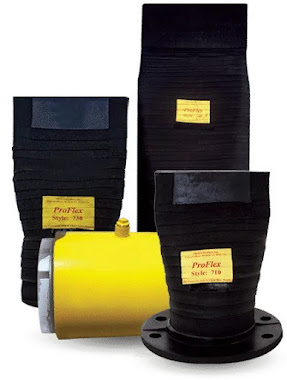What is Check Valves?
A check valve, also known as a non-return valve, one-way valve, or reflux valve, is a mechanical device designed
to allow the flow of fluid (liquid or gas) in one direction only.
The primary function of a check valve is to prevent backflow or reverse flow of the fluid, ensuring that it
moves in the intended direction and does not return to its source.
Check valves are used in various industries and applications to maintain
the flow of fluids while preventing the risk of contamination, damage to equipment, or other undesired effects.
Key Features and Components of Check Valves:
Valve Body:
The main body of the check valve houses the internal components and provides a passage for the fluid to flow through. The valve body is typically designed to be compatible with the specific application and the type of fluid being handled.
Flapper, Disc, or Ball:
The check valve mechanism includes a moving component such as a flapper, disc, or ball that responds to the flow of fluid. This component opens to allow forward flow and closes to prevent backflow.
Spring or Weight:
Some check valves utilize a spring or weight mechanism to assist in closing the valve quickly and effectively. The spring or weight helps ensure that the valve closes promptly when the flow direction changes.
Swing Check Valve:
In a swing check valve, a hinged disc swings open in the direction of flow and closes under the influence of gravity or a spring when the flow stops or reverses.
Lift Check Valve:
In a lift check valve, the disc is lifted off the seat to allow flow and closes under its weight or a spring when the flow direction changes.
Ball Check Valve:
In a ball check valve, a spherical ball is used to control the flow. When the flow stops or reverses, the ball moves back to its seat, preventing backflow.
In-line Check Valve:
In-line check valves are designed to be installed directly in a pipeline. They come in various configurations, including swing, lift, and ball check valves.
Diaphragm Check Valve:
In a diaphragm check valve, a flexible diaphragm acts as the moving component. It flexes to allow flow and returns to its original position to prevent backflow.
Advantages and Applications of Check Valves:
Backflow Prevention:
The primary advantage of check valves is the prevention of backflow, ensuring that fluids flow in one direction only. This is crucial in preventing contamination, protecting equipment, and maintaining the efficiency of systems.
Protection of Pumps and Compressors:
Check valves are commonly used in pump and compressor systems to prevent backflow, which could otherwise cause damage to the pump or compressor.
Water and Wastewater Systems:
Check valves are used in water and wastewater systems to prevent backflow and maintain the integrity of the water supply.
Oil and Gas Industry:
Check valves are employed in various applications within the oil and gas industry, including pipelines, refineries, and offshore platforms.
Chemical Processing:
Chemical plants use check valves to control the flow of corrosive fluids and prevent contamination of different chemical processes.
HVAC Systems:
Check valves are used in heating, ventilation, and air conditioning (HVAC) systems to control the flow of refrigerants and prevent backflow.
Fire Protection Systems:
Check valves play a role in fire protection systems, ensuring that water flows in the desired direction during emergencies.
Steam Systems:
Check valves are used in steam systems to prevent reverse flow and protect components from damage.
The specific type of check valve chosen depends on factors such as the application, flow requirements, and the characteristics of the fluid being handled. Proper installation and maintenance are essential to ensure the effective operation of check valves in various industrial and fluid-handling systems.


Comments
Post a Comment